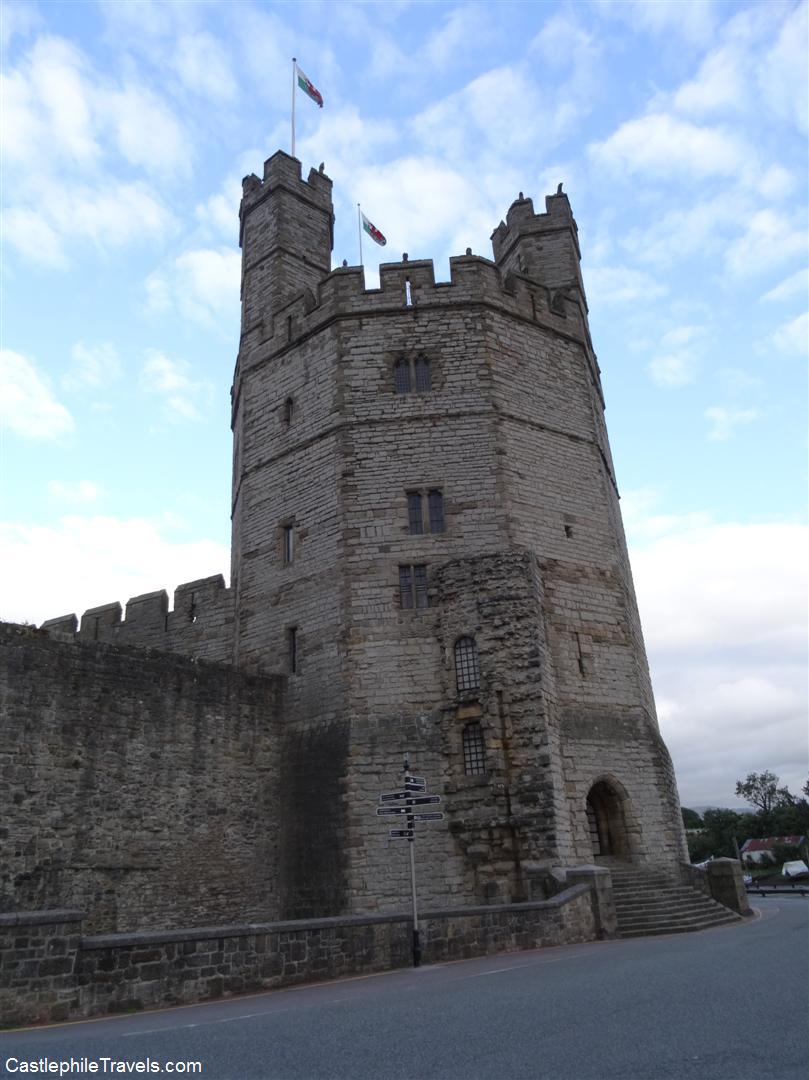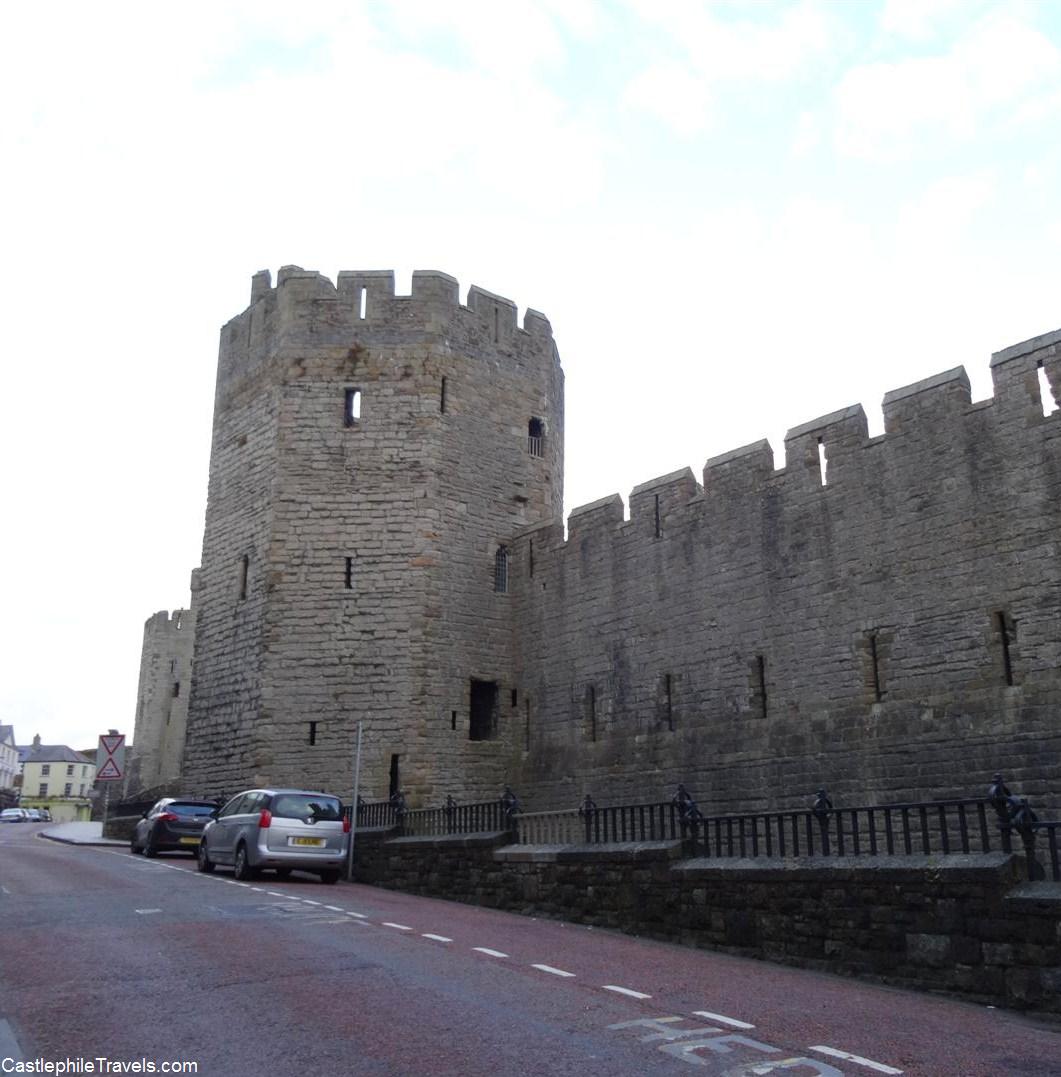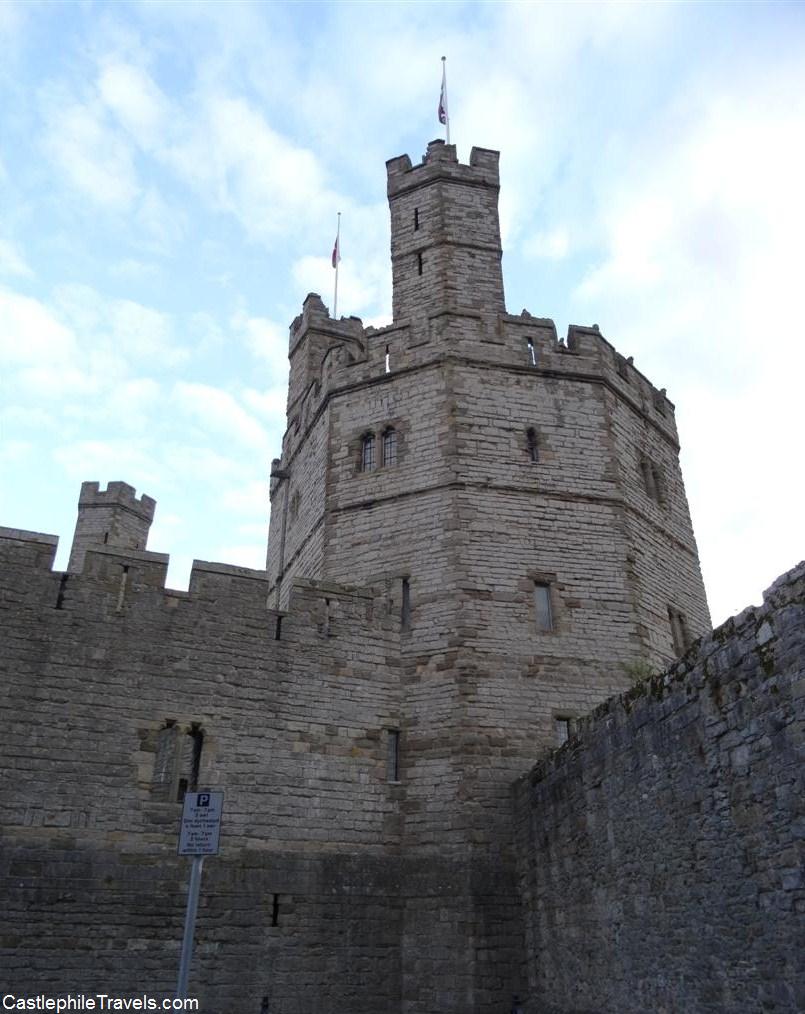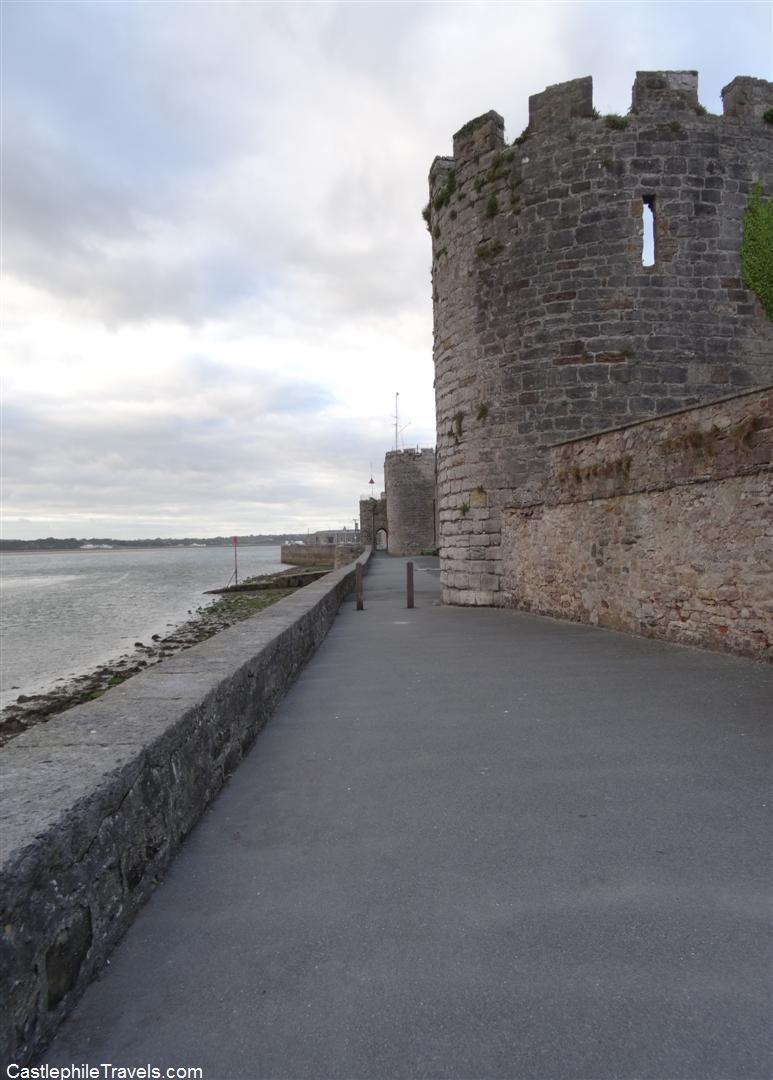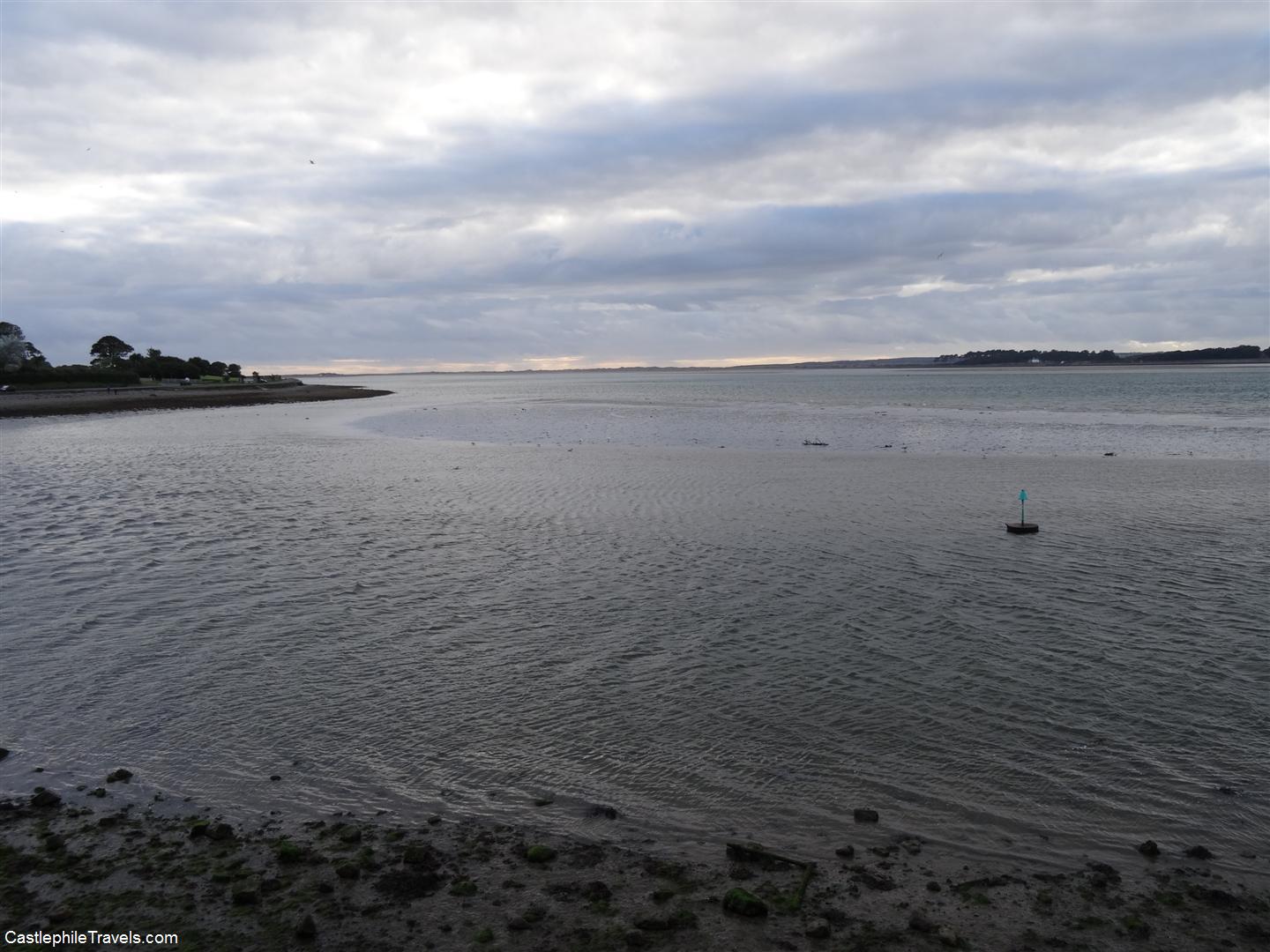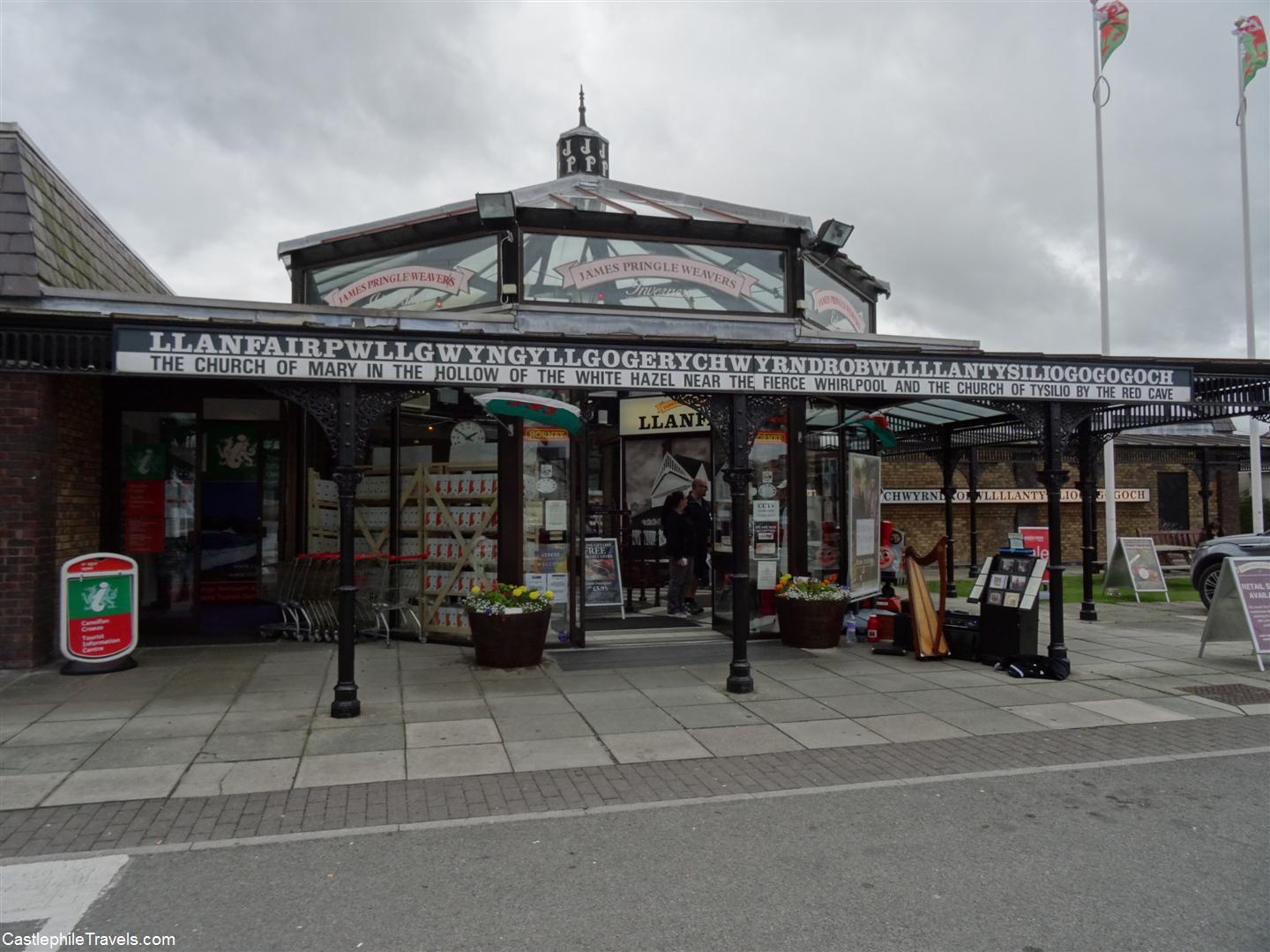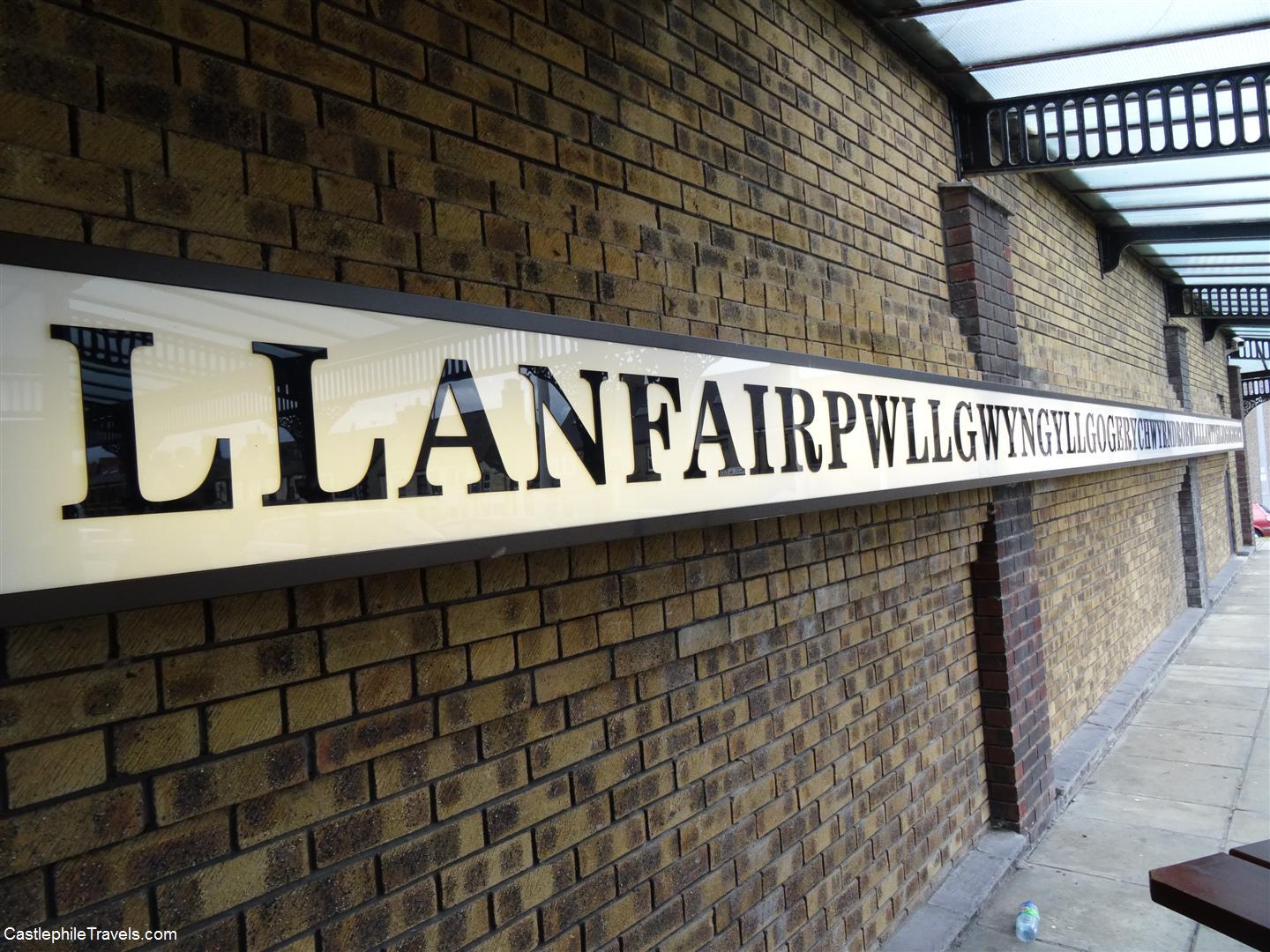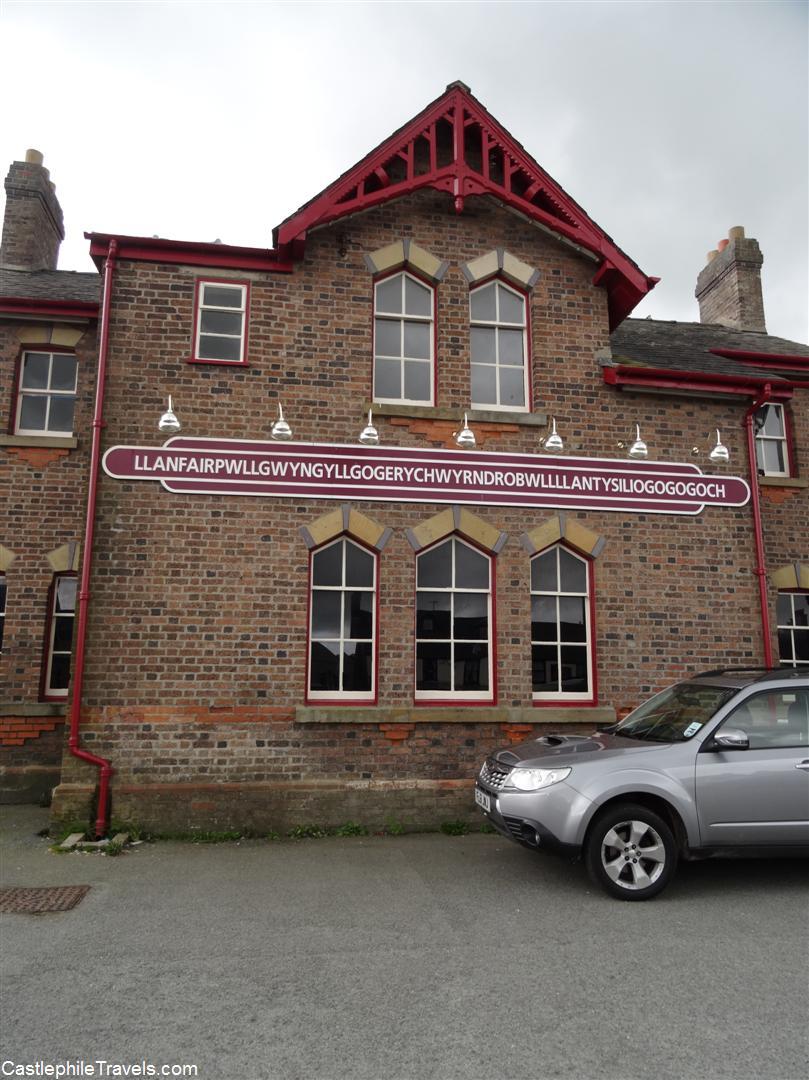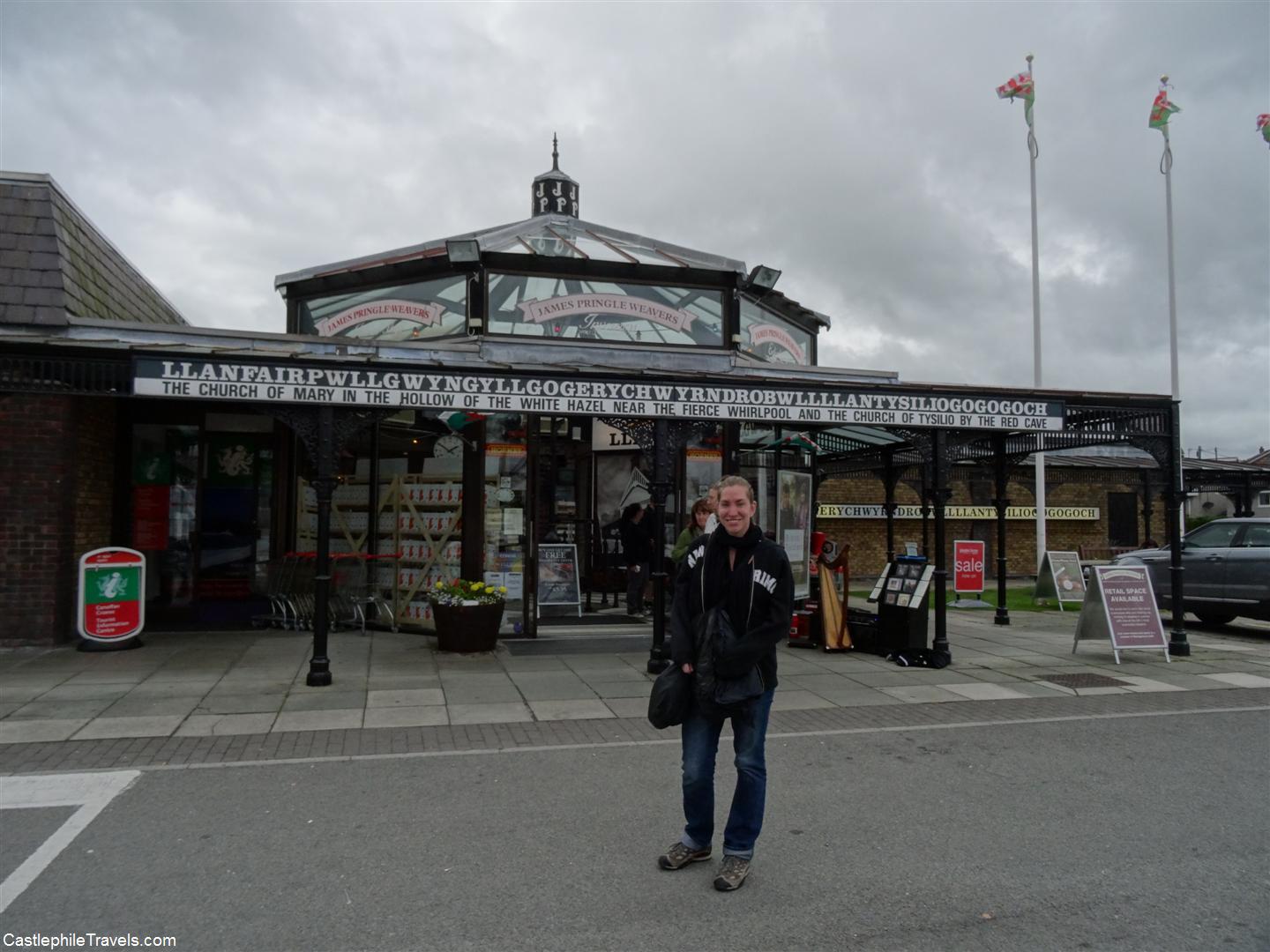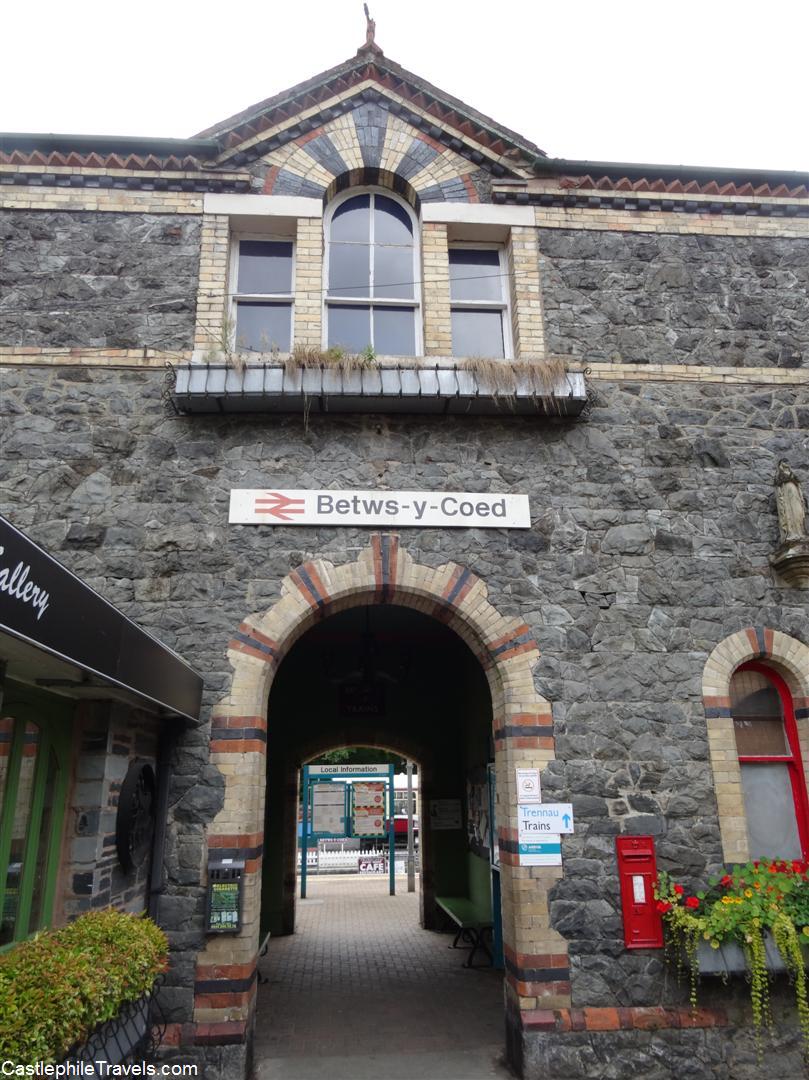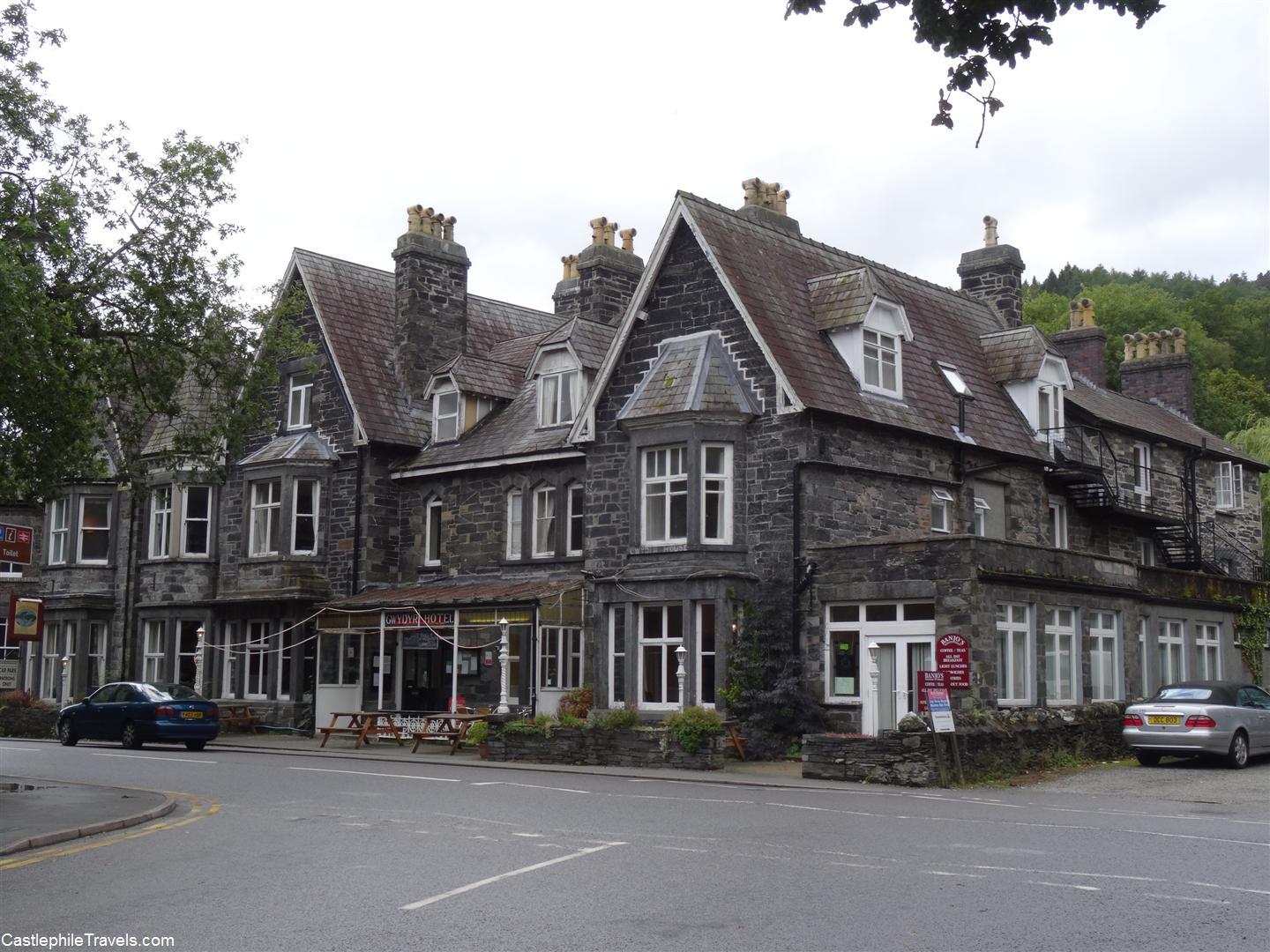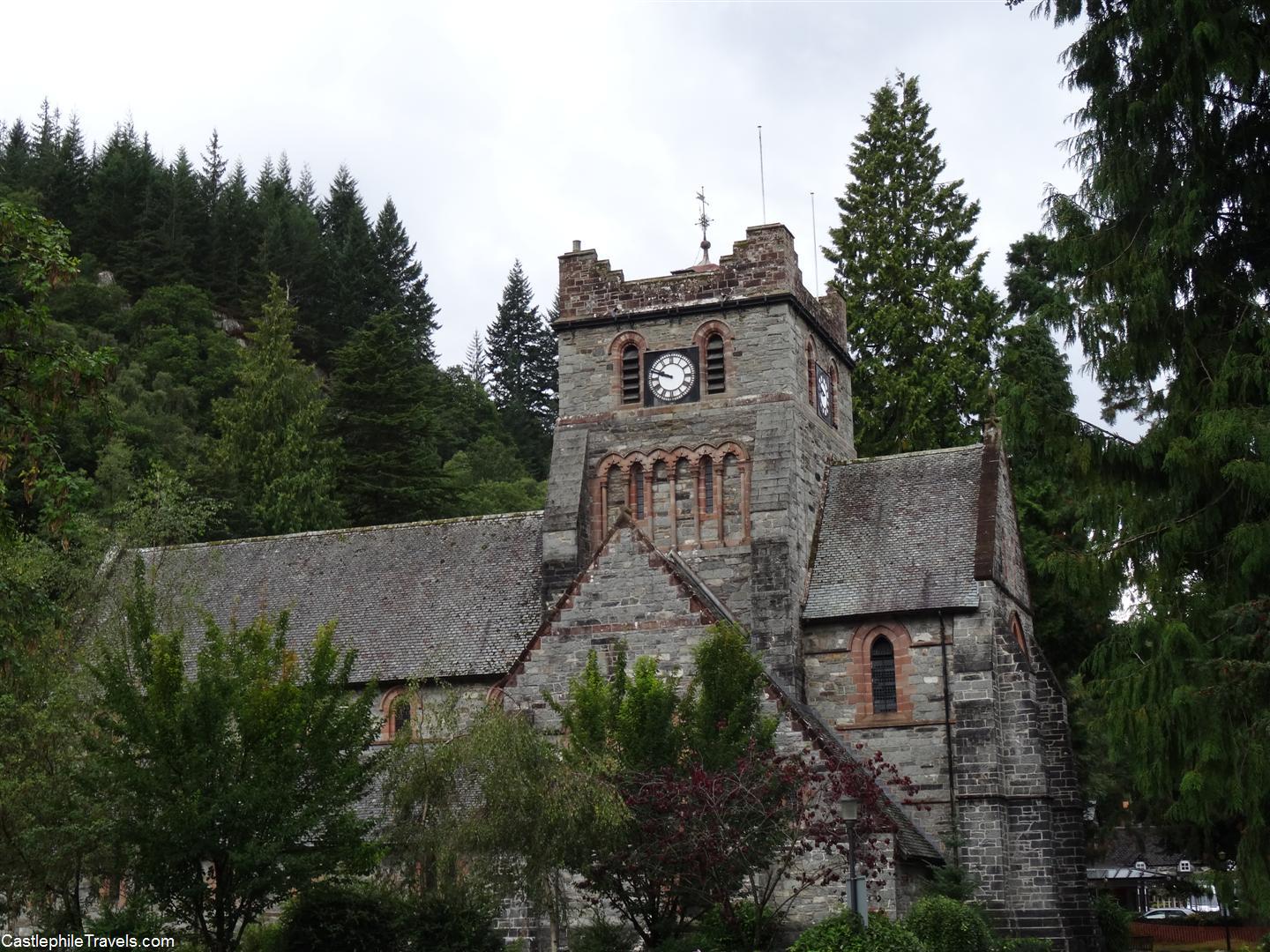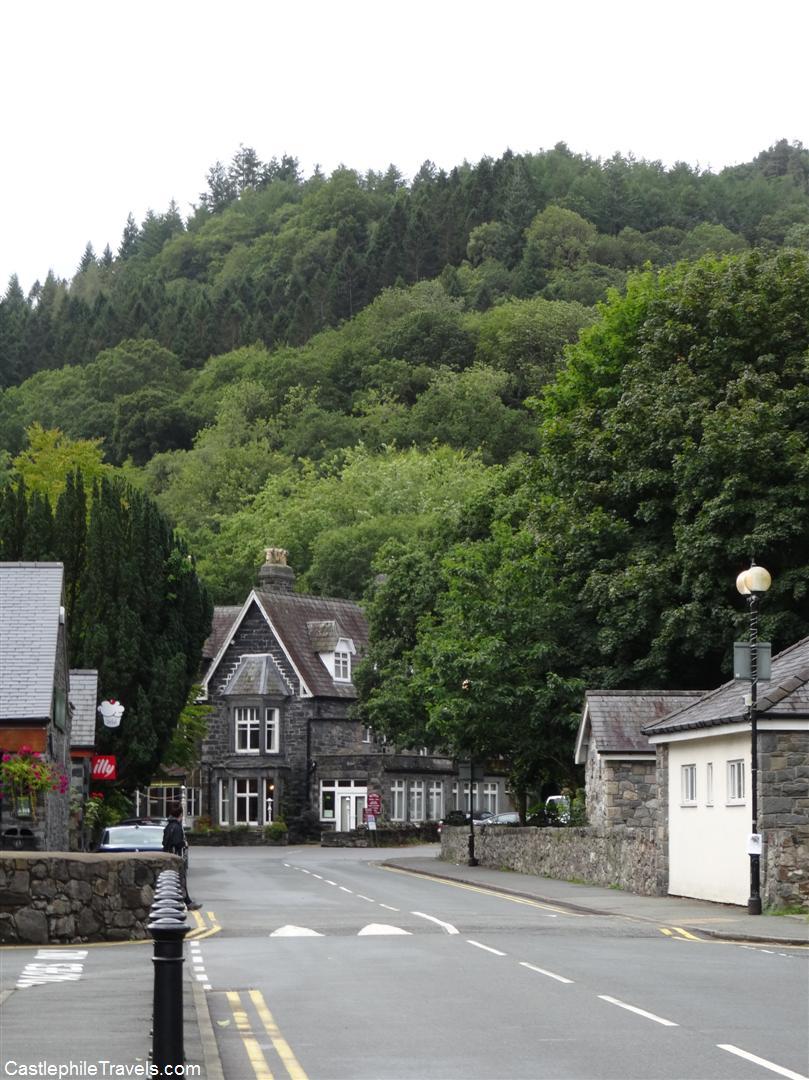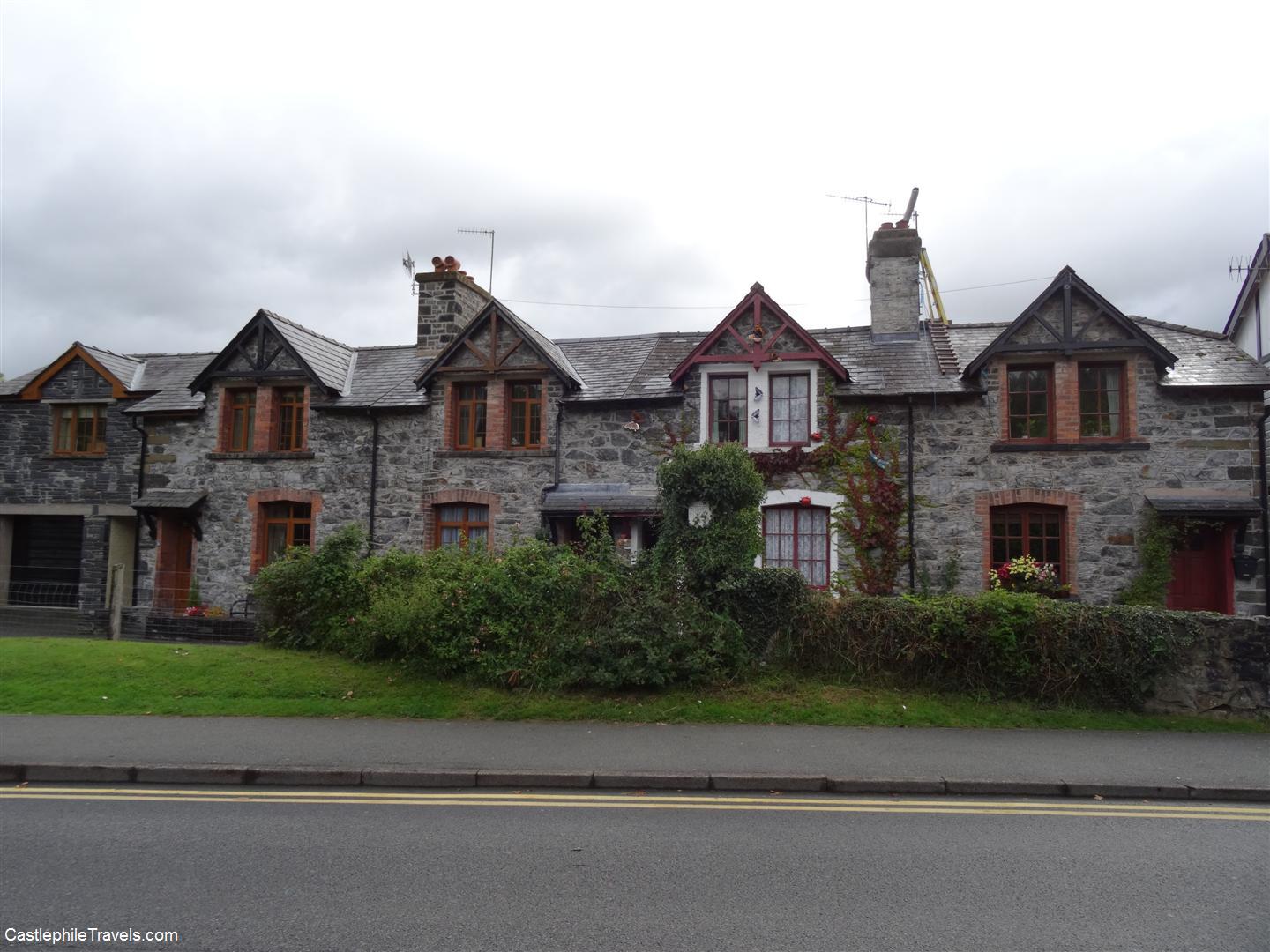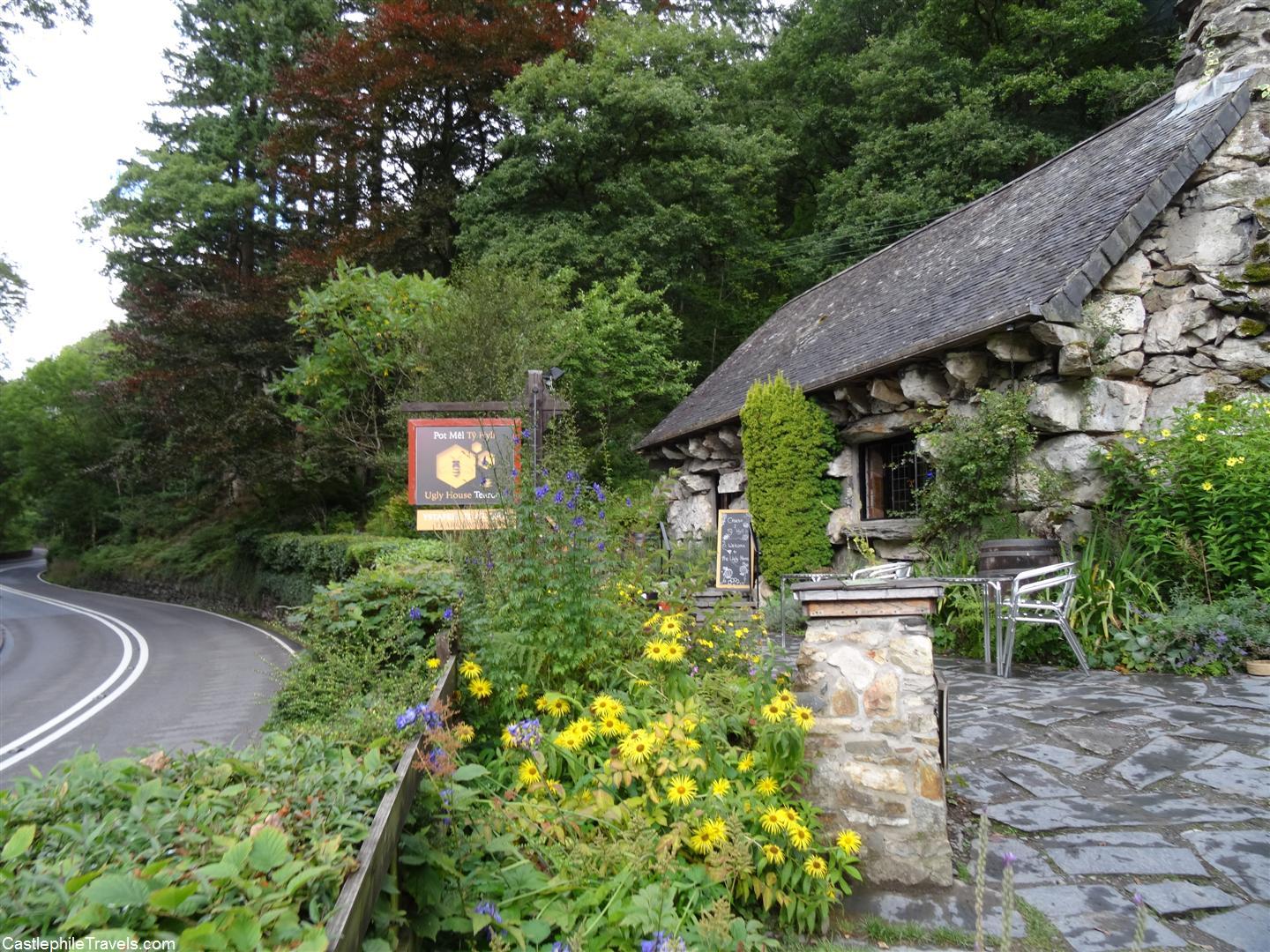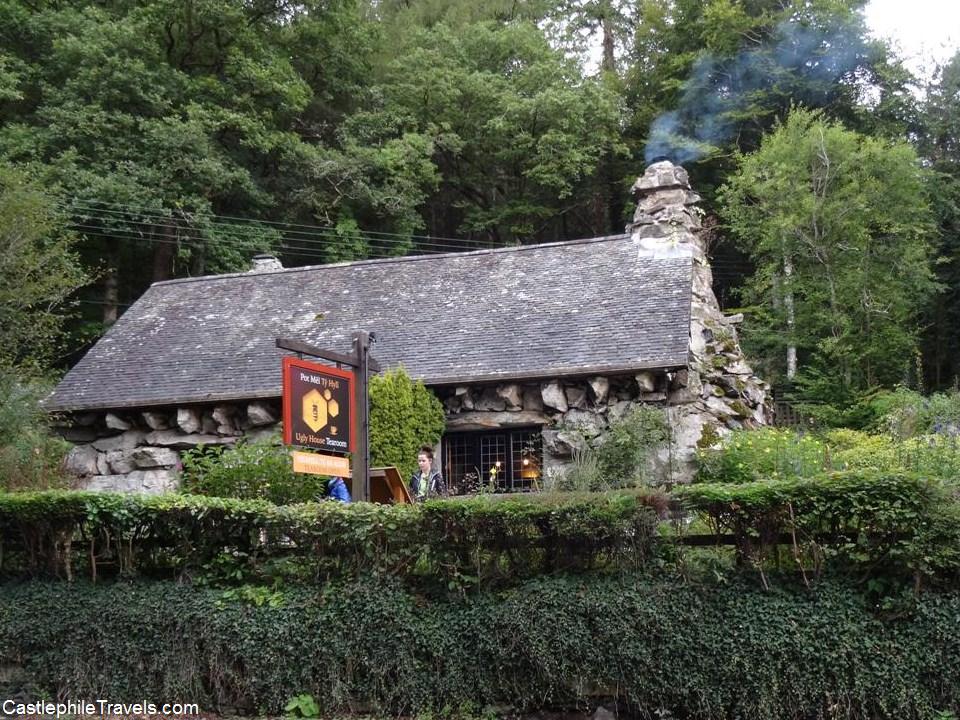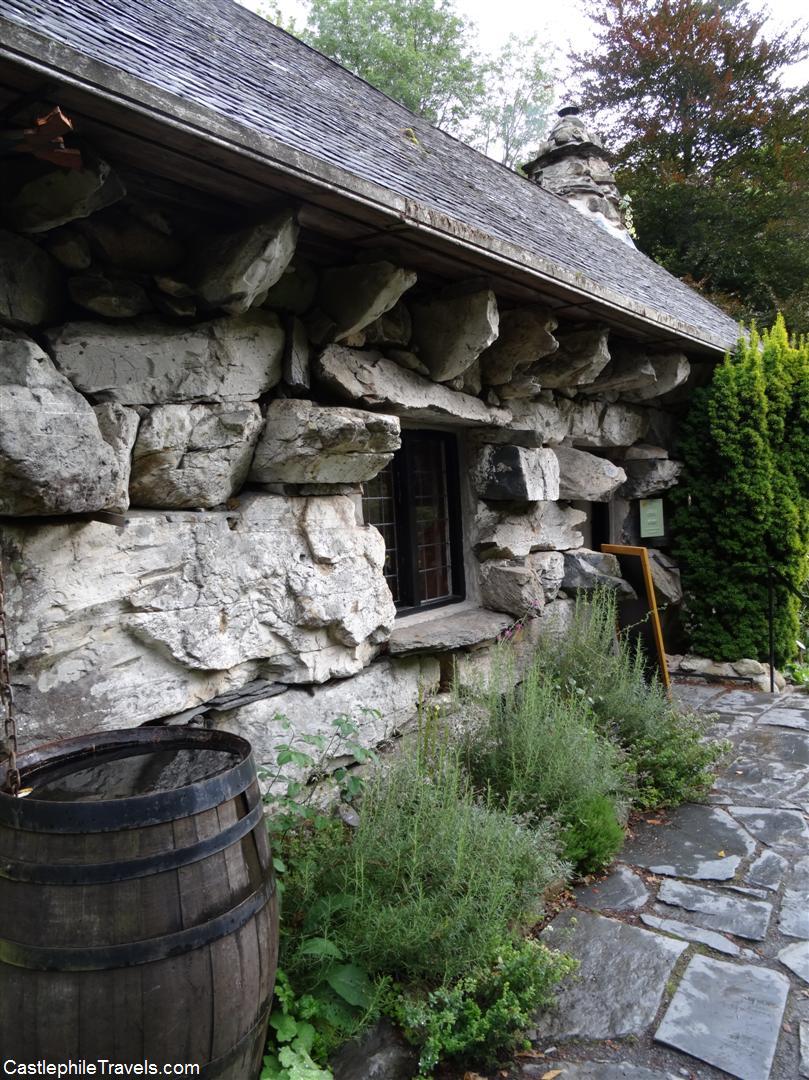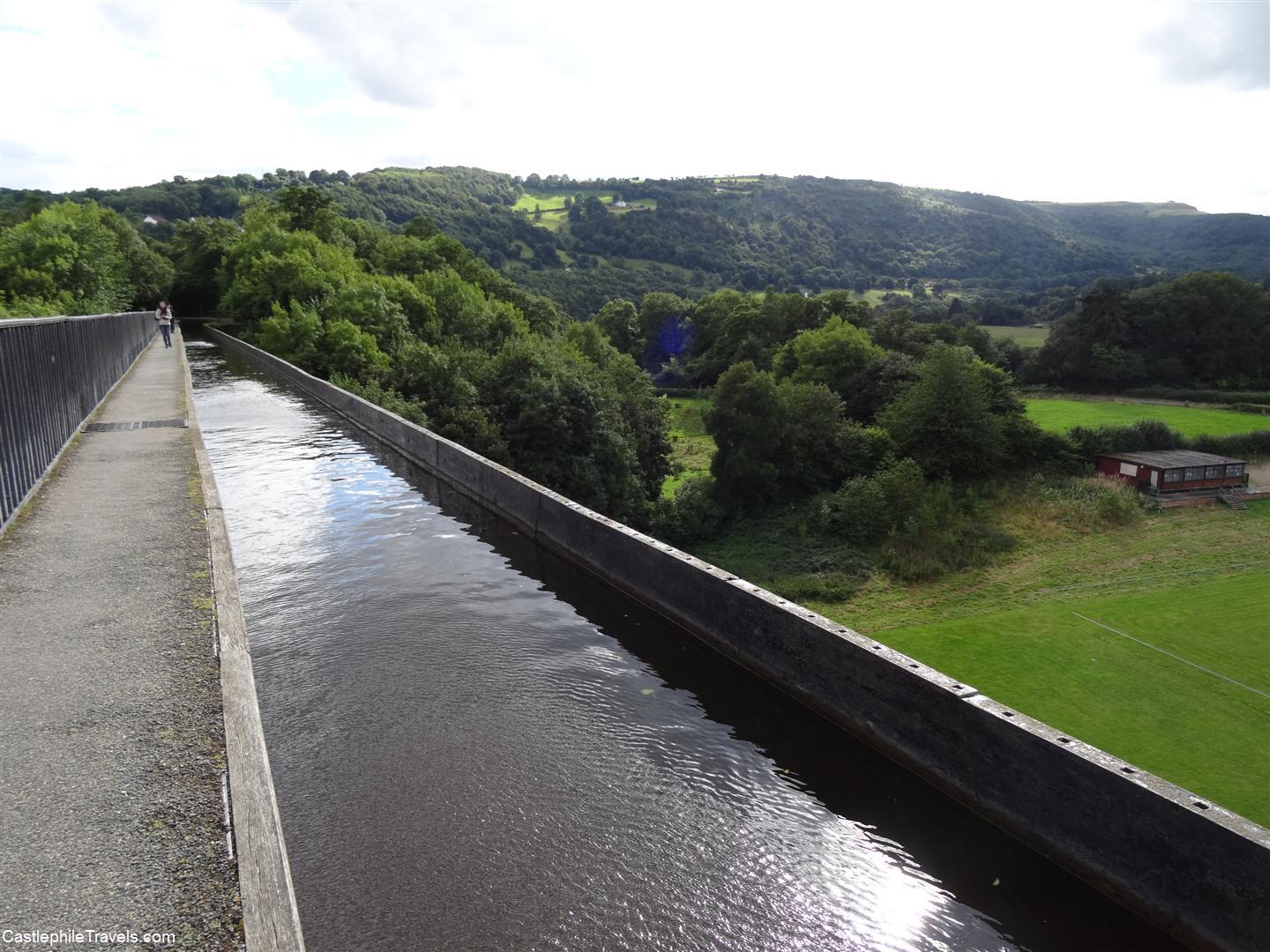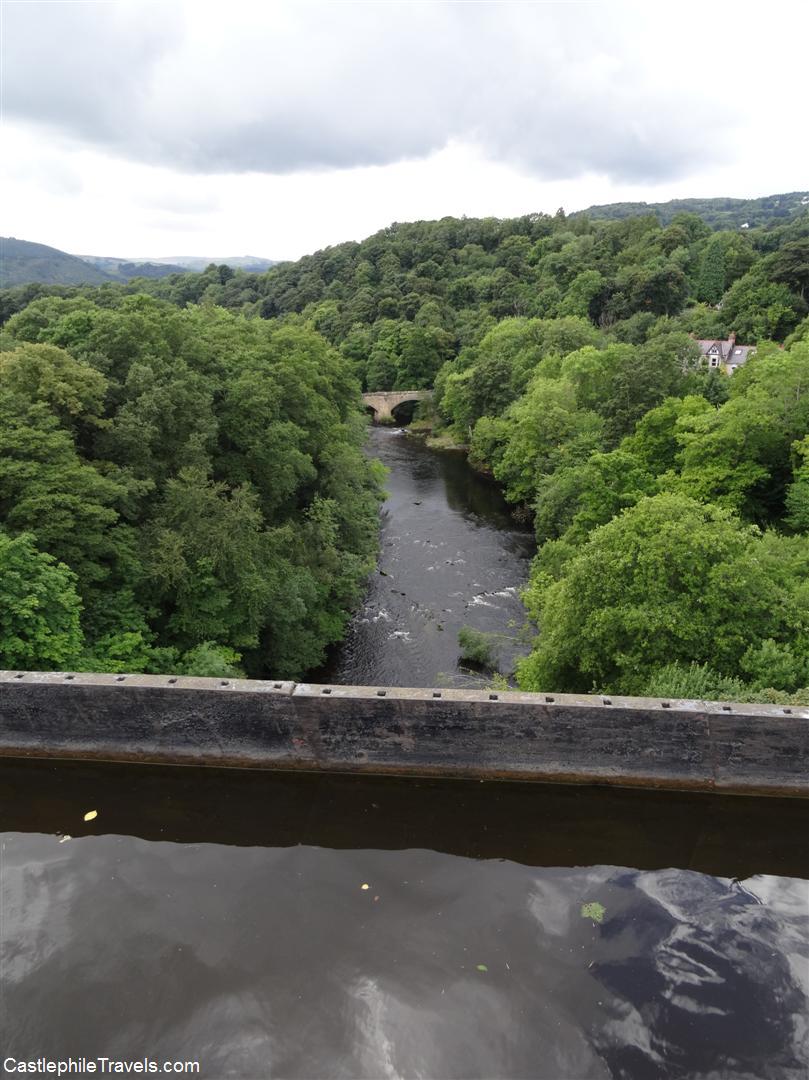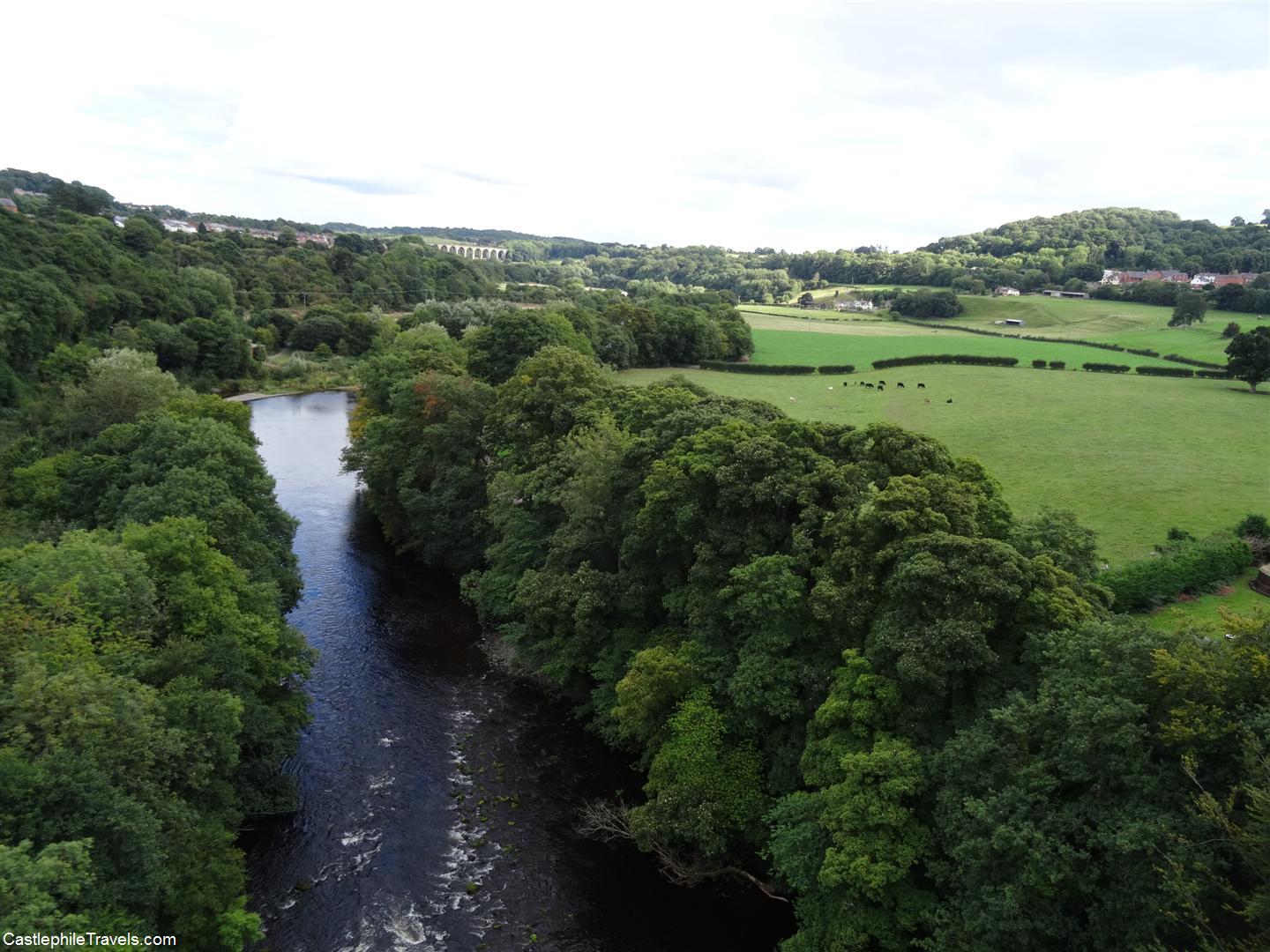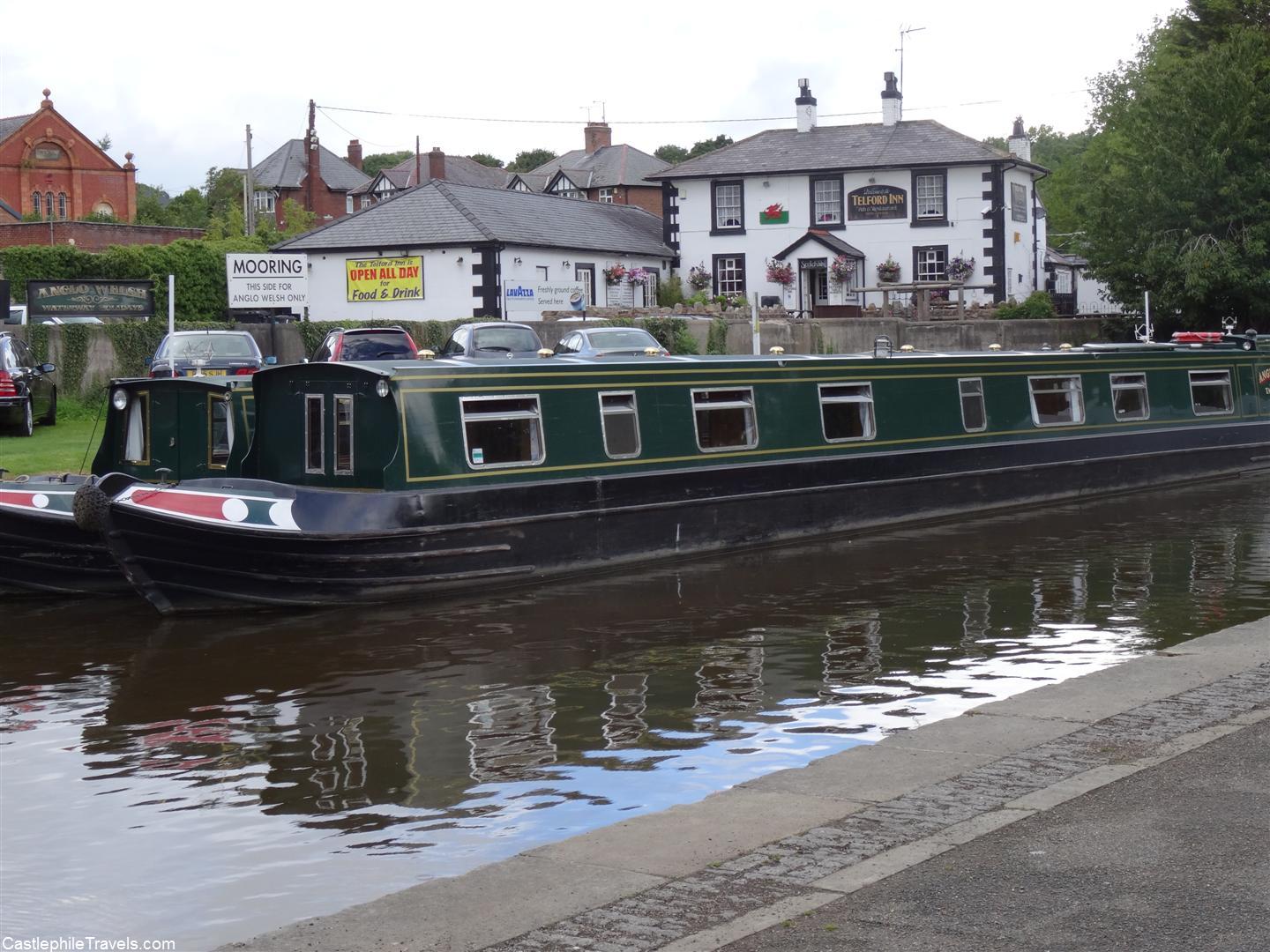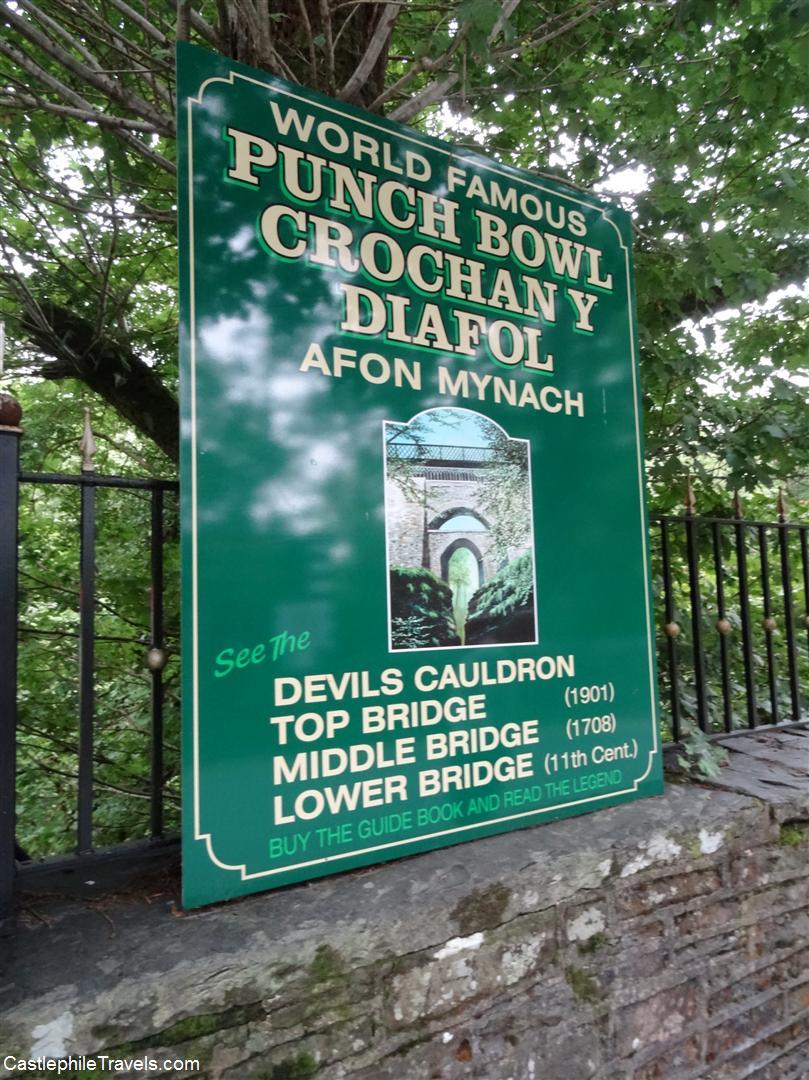
Allow me to paraphrase the tale of the Devil’s Bridge:
Once upon a time, there was a woman who lived near Rheidol Gorge. She woke up one morning to discover that her only cow had managed to cross to the other side of the gorge and was stuck there, and she had no way of getting her back. As she sat, worried about her dilemma, the devil appeared.
“I can help you get your cow back,” he said. “I can build you a bridge so you can bring your cow home.”
Curious, the woman asked his price.
“The first living thing that crosses it.”
She agreed to the terms, but spent the night wondering what she was willing to lose – her cow as it came back over the bridge or her life as she went over to coax her cow home?
The next day, as promised, was a bridge spanning the gorge. The woman walked towards it, her faithful dog tailing her. Then, just before she stepped on to the bridge, her dog ran in front of her, and crossed the bridge. The devil was so angry that he had been tricked that he disappeared in a puff of smoke. The woman got her cow back and lived happily ever after.
And the Devil’s Bridge still stands today.
Over the years, rather than destroying the Devil’s Bridge (and perhaps incurring his fiery wrath?!), the locals have simply built over it. And when that bridge would no longer do, they built on top of it again. So now when you come to Rheidol Gorge, what you see is a history of bridges: three of them laid over one another!
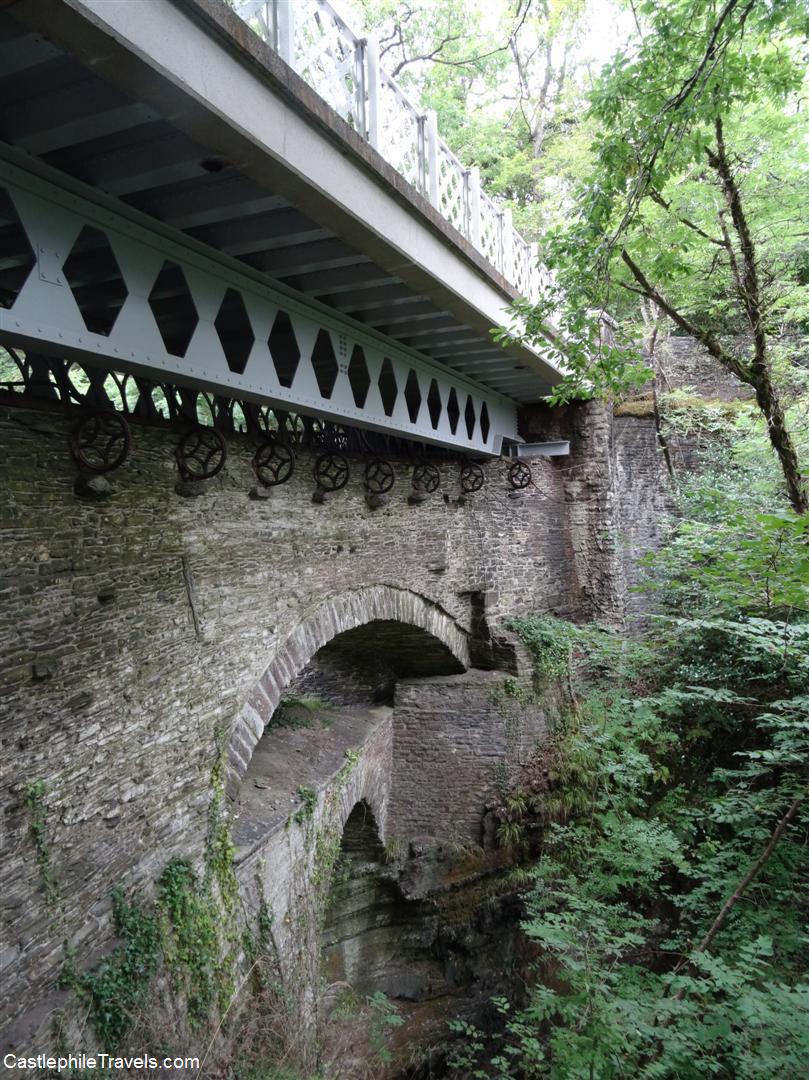
Besides seeing the bridges, there are two walking trails you can take through the forested gorge (there is a fee for each, payable at the entrance). The shorter walk takes you to see the Devil’s Punchbowl and a view of the Three Bridges.
The Nature Walk is longer, and takes you through the gorge, past spectacular views of the Mynach Falls and out across the Rheidol Valley, down the extremely steep Jacob’s ladder (I was glad I wasn’t climbing up it – down was scary enough!) and then back up the other side of the gorge past the Robber’s Cave and back up to the road.
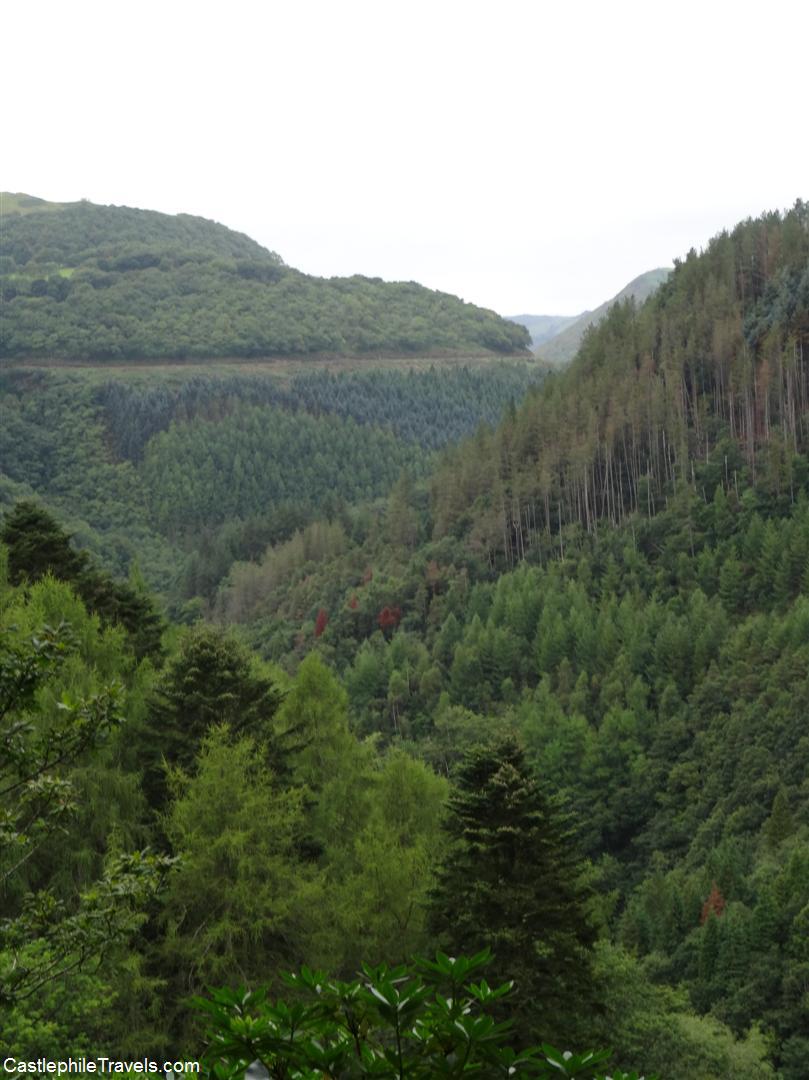
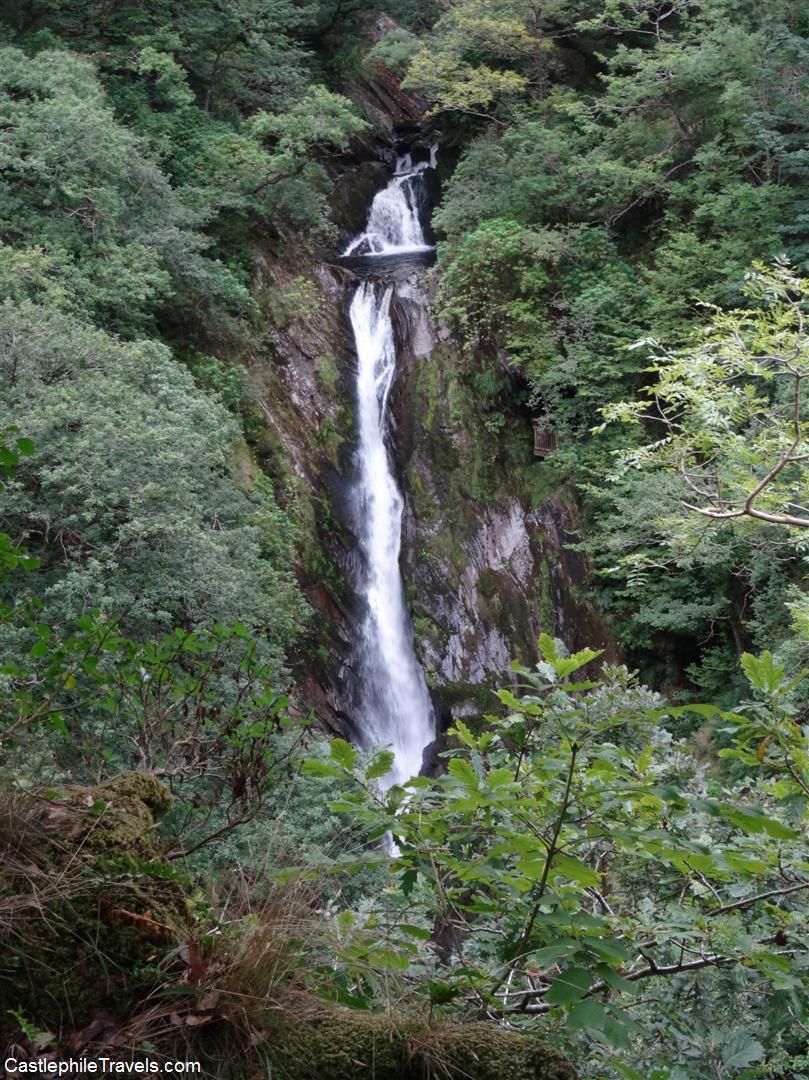
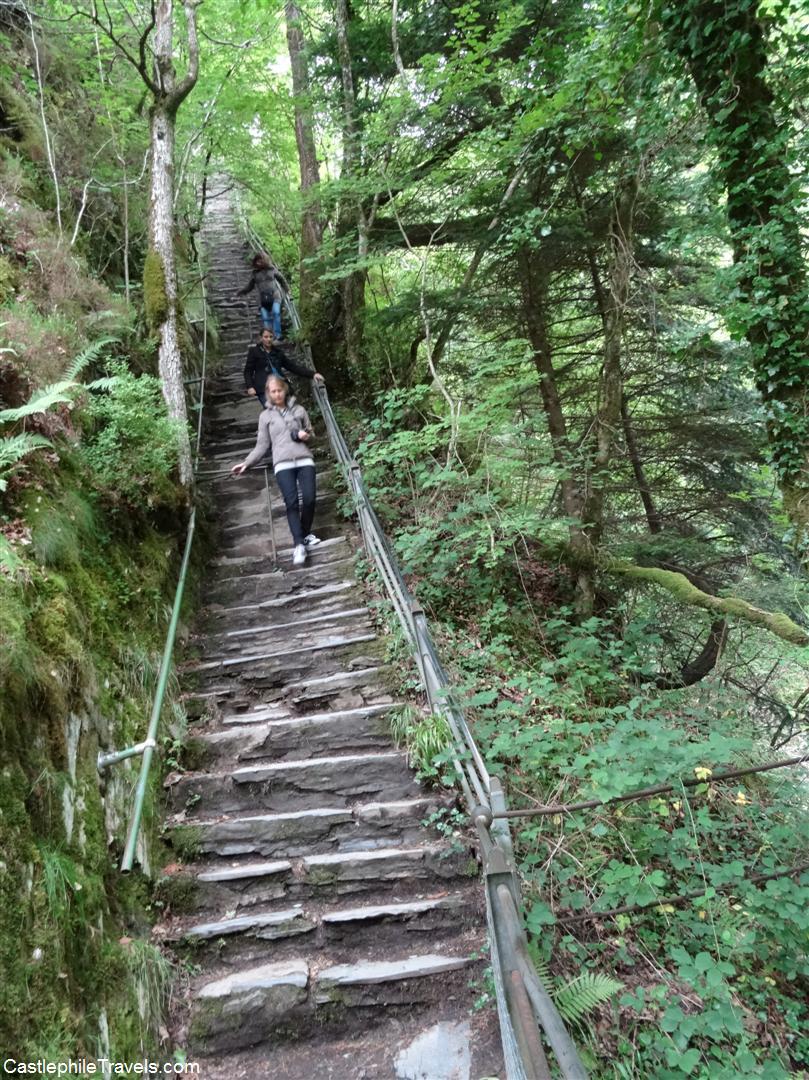
As someone who grew up with family walks to waterfalls, I liked the peaceful walk through Rheidol Gorge, and the glimpses of Mynach Falls through the trees as we circled our way around it, though the walk back up the other side of the gorge showed me how unfit I was, and left me catching my breath when we got back to the highest bridge!
Perhaps the woman was justified in bargaining with the devil for her bridge after all!
- You can find out more about the Three Bridges and the Mynach Waterfall at the Devil’s Bridge Falls website.

